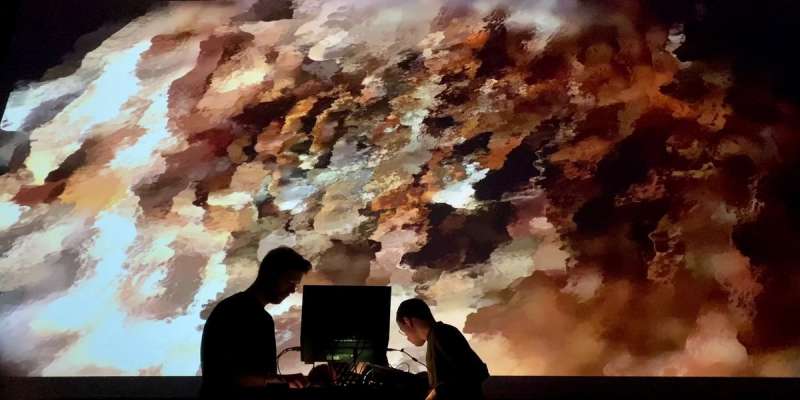Mark IJzerman(NL)
Participant 2019

Mark IJzerman (1988) is a Dutch media artist, designer, researcher and lecturer. His works explore human perception and the interconnectedness of the senses, often starting from sound. He makes installations and performs audiovisual works.
IJzerman is a lecturer and researcher at the Music & Technology faculty of the University of the Arts in Utrecht where he teaches courses on media art and perception in context. Since 2020, Mark is also practice tutor at the Ecology Futures master program at alongside Valley of the Possible participants Xandra van der Eijk, Darko Lagunas and Milton Almonacid. He is part of new media collective Zesbaans and writes and runs sound art blog Everyday Listening. Most recently, his works explore the intersection of our cosmic and Earthly desires, as well as the way we experience our ecology and atmosphere in a research project called Terranostalgia. He has performed his A/V works at various media arts festivals around Europe (Transmediale/CTM Vorspiel, FIBER Festival, Mapping Festival) and has most recently exhibited works at Art Center Nabi in Seoul, at the European Space Agency, and at V2_ in Rotterdam.
‘For my Valley of the Possible residency, my aim was to focus on discussing the implications of the forest plantations, the politics involved, its impact on the soundscape of the local area and the culture of the indigenous Mapuche.' Before his arrival in Chile Mark had been uncovering different narratives by looking at satellite data, and incorporating this into his AV practice- such as taking European Space Agency’s courses on Monitoring Atmospheric Composition and putting in proposals for different calls on ecological shifts. All of this came together in his work 'As Above, So Below', an audivisual performance alongside French sound artist (and Valley of the Possible resident) Sébastien Robert, which they performed during the Rewire Festival in The Hague.
‘My objective for the foreseeable future is to combine dynamic ecological data and imagery of the earth’s surface from satellites with recorded sounds, conversations and symbols of what is going on down below. By looking at spectral bands in the satellite data, different narratives unfold, both of the impact of humankind as well as the vast force of nature.’



